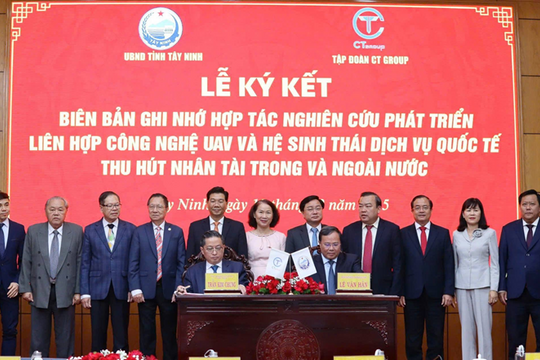This move not only eases pressure on Vietnam’s key export sectors but also opens a valuable “quiet window” for both sides to push forward negotiations toward a sustainable and balanced trade agreement. In the context of escalating global protectionism, Vietnam’s swift and strategic diplomatic response is proving effective and lays a solid foundation for domestic businesses to seize opportunities, enhance competitiveness, and sustain economic recovery.
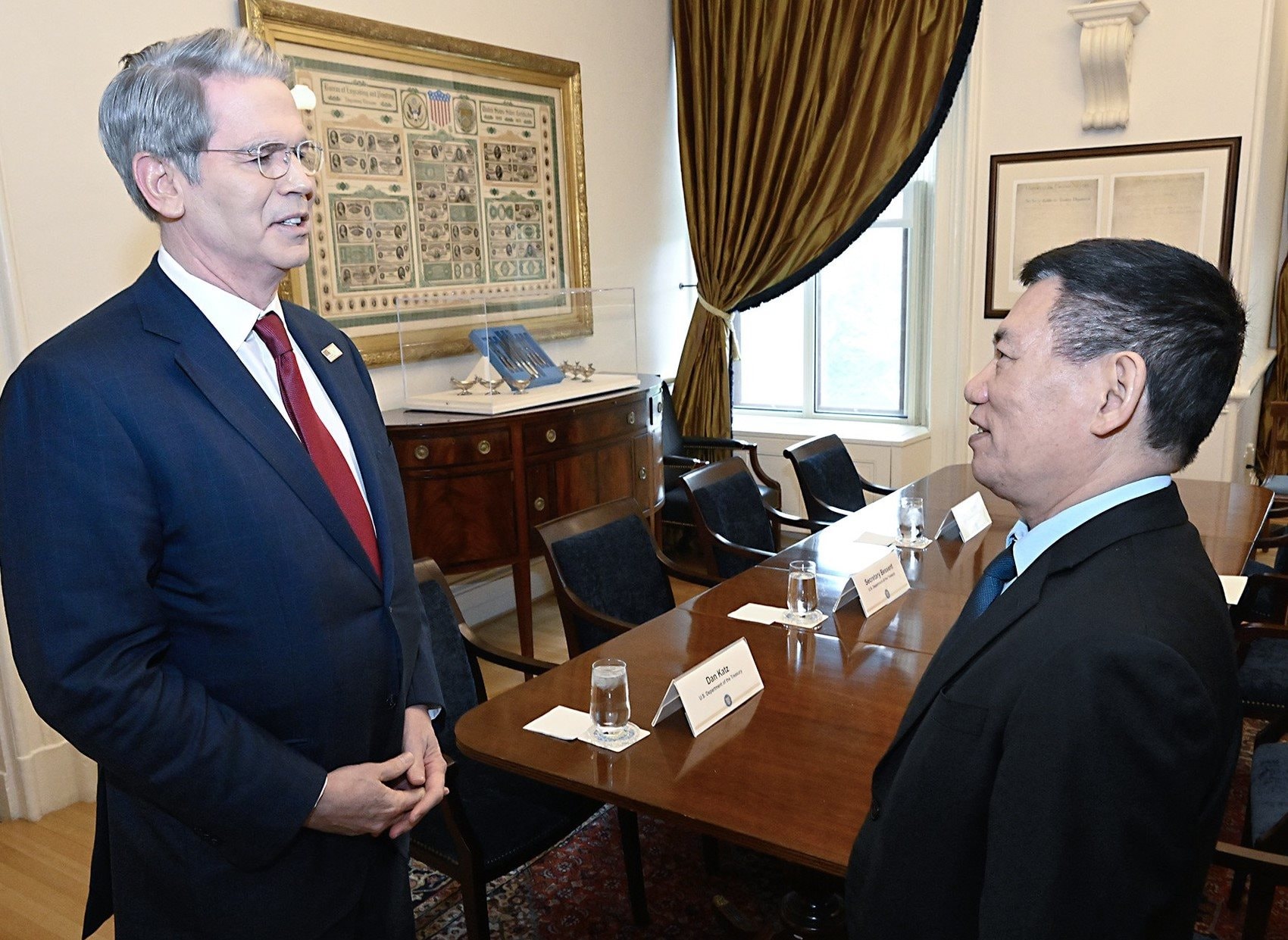
Changes in U.S. Tariff Policy and Impact on Vietnam
On April 9, 2025, President Trump announced a 90-day suspension of the proposed 46% tariff on Vietnamese goods, lowering the rate to a temporary 10%. This decision followed negotiations in Washington between Vietnamese Deputy Prime Minister Hồ Đức Phớc and U.S. Trade Representative Jamieson Greer, aimed at facilitating bilateral trade discussions.
The suspension and tariff reduction offer significant benefits to Vietnam by relieving pressure on key export sectors like textiles, footwear, and electronics. The Vietnamese stock market responded positively, with the VN-Index rising 6.6% on April 10, 2025—the highest daily gain since June 2011.
Notably, in his April 10 statement on Truth Social, President Trump not only justified the new tariffs on China but also revealed that more than 75 countries had proactively reached out to the U.S. for trade negotiations. Among them, Vietnam stood out as a prime example of non-confrontational cooperation. By opting for dialogue over retaliation, Vietnam secured its place among the nations benefiting from the 90-day tariff delay and the reduced 10% rate.
This is seen as clear evidence of Vietnam’s flexible yet effective foreign policy in the face of global trade tensions. Moreover, the positive reaction from the stock market was not only domestic but also from international investment funds watching Vietnam’s ability to adapt to geopolitical fluctuations.
Business and Financial Market Response
Vietnamese businesses, particularly in key export sectors, expressed cautious optimism about the U.S. decision. Many companies are using the 90-day window to boost exports and implement measures to improve competitiveness. Global financial markets also saw strong recovery after President Trump’s announcement, with the Nasdaq Composite index soaring 12%, its best gain in 24 years.
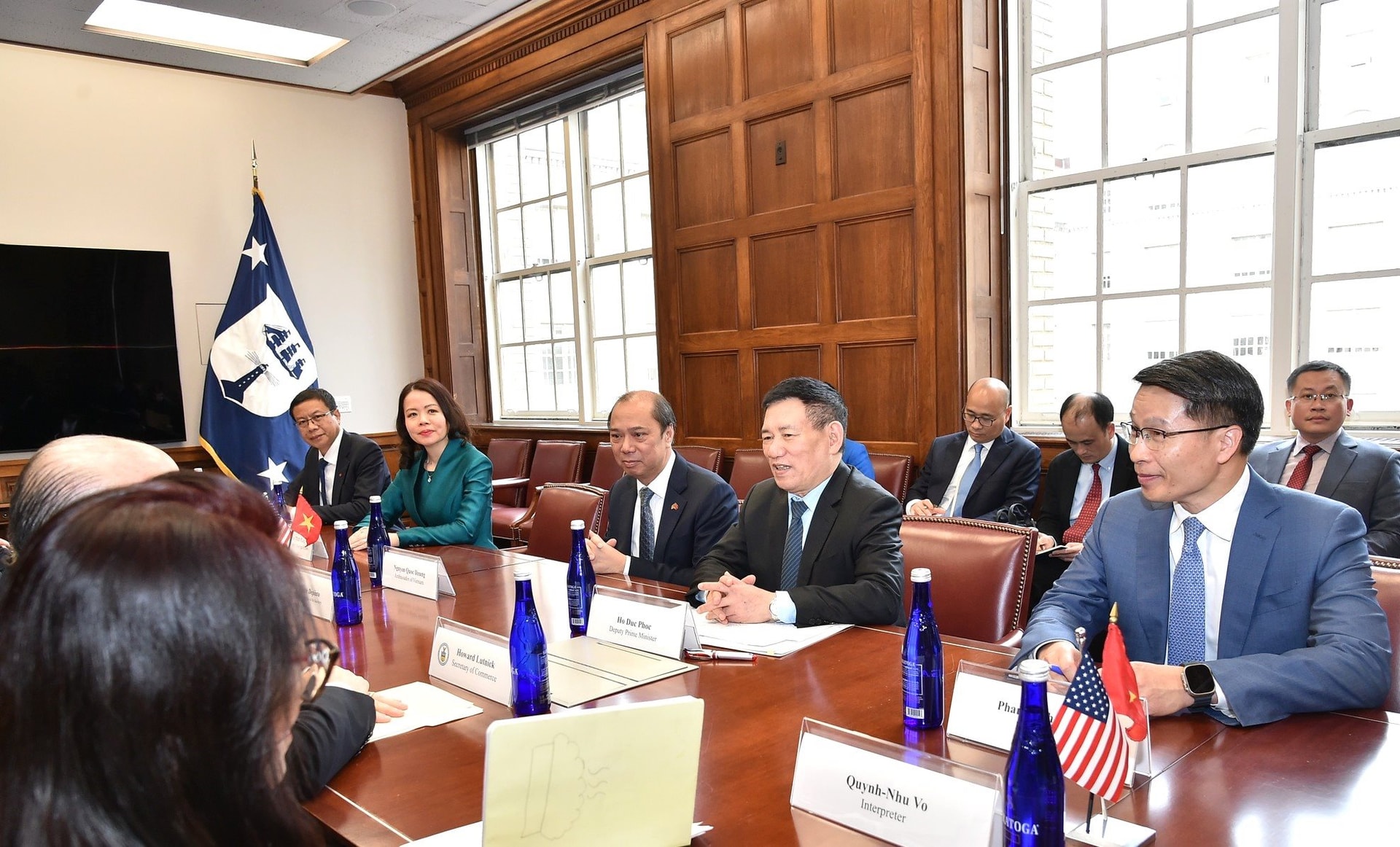
Major corporations like Nike also benefited, with shares climbing 11% during New York trading. Vietnam, as a key manufacturing hub for many multinational companies, is being reevaluated as an attractive destination for new investments.
Besides Nike, other major corporations such as Apple, Intel, and Samsung—firms with extensive supply chains in Vietnam—are reportedly ramping up production in the country to take advantage of the temporary tariff relief and stable business environment. Increased attention from American and international investors following Trump’s move is expected to drive a surge in FDI during Q2 2025.
Outlook and Future Strategy
During the 90-day suspension, Vietnam and the U.S. are expected to hold negotiations aimed at reaching a fair and sustainable trade agreement. Vietnam has committed to increasing imports from the U.S., including defense and security products, to reduce the trade surplus and demonstrate goodwill.

In addition, Vietnam is considering reducing import tariffs on certain U.S. goods such as liquefied natural gas (LNG) and automobiles, while allowing American tech services to operate in Vietnam, thereby promoting bilateral trade relations.
At the same time, Vietnamese businesses are proactively seeking opportunities to expand markets and diversify product offerings to mitigate risks from global trade fluctuations. Strengthening cooperation with trade partners beyond the U.S. is also being pursued as a long-term strategy for sustainable development.

Across social media and international news outlets, Vietnam has been highlighted as a model of smart negotiation strategy in trade talks. Analysts from Bloomberg and Nikkei Asia remarked that Vietnam’s approach of “timely responses, precise communication, and genuine goodwill” was key to avoiding a trade conflict like China, which is now facing a 125% tariff hike.
This marks a pivotal phase—not only in U.S.-Vietnam trade relations but also as a test of Vietnam’s macroeconomic policy coordination and trade diplomacy in an increasingly volatile world.
The U.S. decision to suspend the 46% tariff and impose a reduced 10% rate on Vietnamese goods for 90 days offers both nations a chance to negotiate and seek mutually beneficial trade solutions. During this time, Vietnam must capitalize on the opportunity to boost competitiveness, diversify markets and products, and maintain active dialogue with the U.S. to achieve a sustainable and fair trade deal. Proactiveness and strategic flexibility will be essential for Vietnam to overcome current challenges and lay the groundwork for future development.


.jpg)


.jpg)
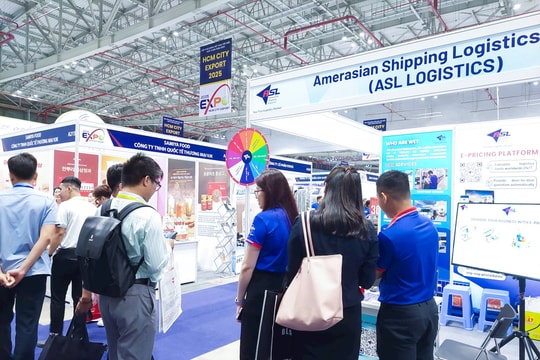


.png)

.png)
.png)


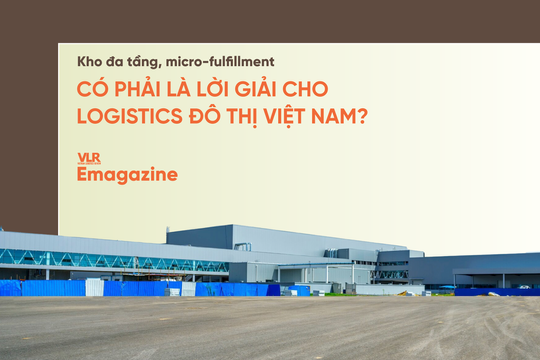
.png)

